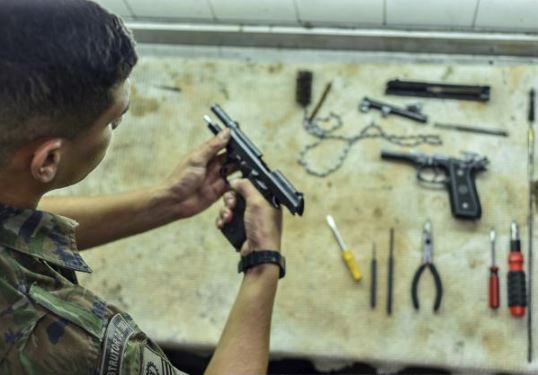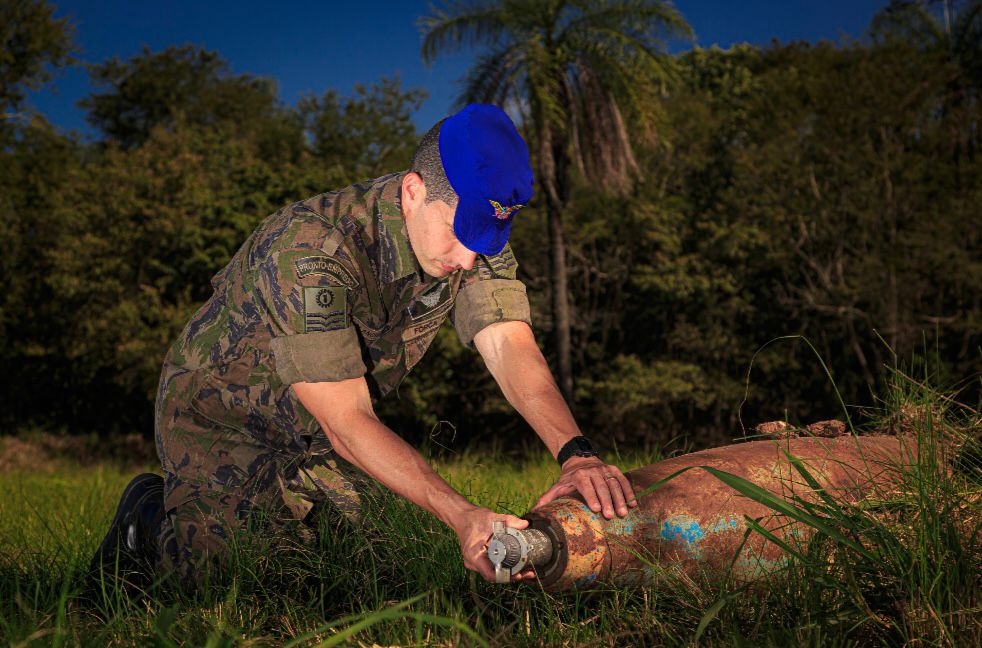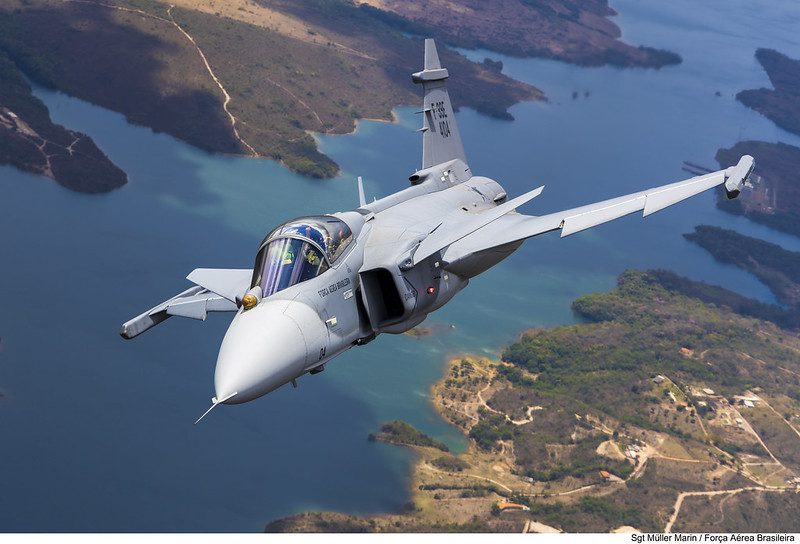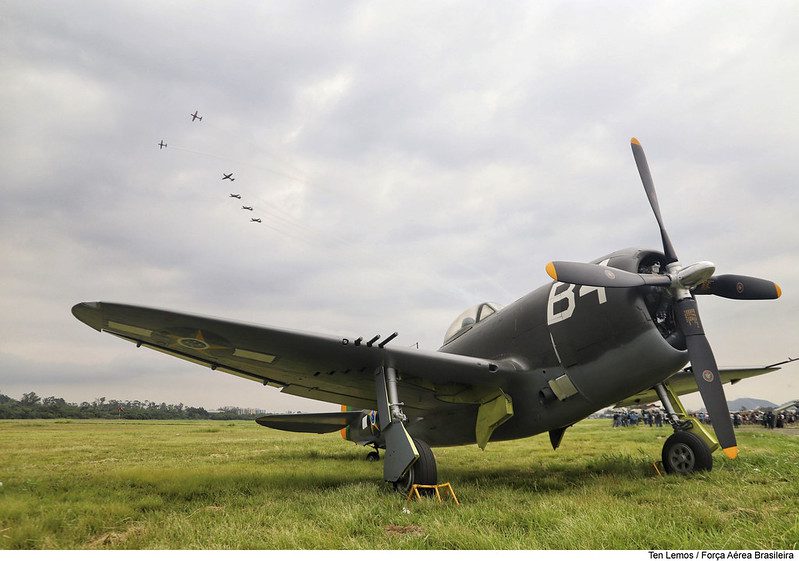The Air Force’s military equipment is always present at major operational exercises, whether it’s the use of ground-based weaponry or security procedures
Air Force Agency, by Lieutenant Gabrielle Varela
November 11, 1944 was marked during World War II, when the 43 P-47 aircraft of the First Fighter Aviation Group of the Brazilian Air Force were equipped by the Armament Section to carry out various war missions, demonstrating the high degree of professionalism and esprit de corps of its members. Thus, for the first time, it acted as an independent unit, using only its pilots and the planes armed by its own team.
When he returned to Brazil after the war, Lieutenant Colonel Jorge da Silva Prado proved why, years later, he would become the Air Force’s Patron of Ordnance. While still a lieutenant, he introduced new methods for storing ordnance in accordance with international explosives segregation tables, changing the system of technical orders and establishing standardized nomenclatures, which were later adopted by the Brazilian Armed Forces.
Also under the coordination of Lieutenant-Colonel Prado, incendiary bombs were devised, the first aviation rockets were produced in Brazil and, together with Army officers, new types of solid propellants were developed.
As a legacy of the Patron, the Armament Specialists carry out the most varied missions in order to meet the needs of the Aeronautics Command, such as preparing aircraft, testing warlike artifacts, decontaminating soil, and maintaining stands for air and ground use. With their specialized training in Explosive Ordnance Disposal (EOD), Explosives Neutralization (CNDAEX) and Demolition Material Handling (CMMAD), they effectively perform high-risk tasks.



Management
Currently, the FAB has the structure of the Military Material Directorate (DIRMAB), subordinate to the General Support Command (COMGAP), which manages matters relating to the Aeronautical and Military Material System (SISMAB), with regard to the logistical functions of supply and maintenance, with the aim of forecasting and providing the materials and services necessary for the preparation and use of aircraft.
The Director of DIRMAB, Major General Ramiro Kirsch Pinheiro, emphasized the importance of the Air Force’s ordnance in the FAB’s current situation. “In the geopolitical context of global competition and constant power struggles, the FAB’s ordnance is the spear capable of guaranteeing the sovereignty of the airspace and the freedom of action of national power,” he said.
Both the weapons systems and the specialty professionals must be constantly updated and developed, especially given the complexity and high costs of the most modern systems recently integrated into combat platforms.
According to the Head of the Military Material Division of DIRMAB’s Subdirectorate of Planning, Lieutenant Colonel Carlos Alessandro Cardozo Pisete, the management of this area has many challenges and also requires a lot of effort and high investments in training human resources.
“The biggest challenges in this sector are the timely advice related to the logistical support of current and future military projects, from conception to decommissioning, in order to guarantee the FAB’s readiness for use, without wasting time, materials and financial resources, as well as guiding, coordinating and supervising the activities of storage, distribution, control and use of military equipment of the 30 remote and 258 SISMAB military equipment operators in the farthest corners of this country,” he said.

Advances
The arrival of the F-39 Gripen fighter aircraft, developed jointly by Brazil and Sweden and designed to operate in all current conflict scenarios, relies on the professionalism and vibrancy of the military in the Military Material area, for the use of advanced on-board technology and intelligent weaponry.
For Major General Ramiro, the future is full of good expectations and professional growth for armaments professionals. “The arrival of the Gripen system, equipped with the Meteor and IRIST missiles, poses new challenges for the Military Material in maintaining and operating state-of-the-art aerial weaponry. As for ground weapons, the arsenal of rifles and pistols will be in the process of being replaced, with the introduction of new systems suited to the new scenarios faced by the Air Force Infantry,” concluded the Director of DIRMAB.

Photos: Captain M Henrique, Private Takashi / BASP; Sergeant Müller Marin / CECOMSAER; Private Bispo / BABR; DIRMAB
*** Translated by DEFCONPress FYI Team ***
